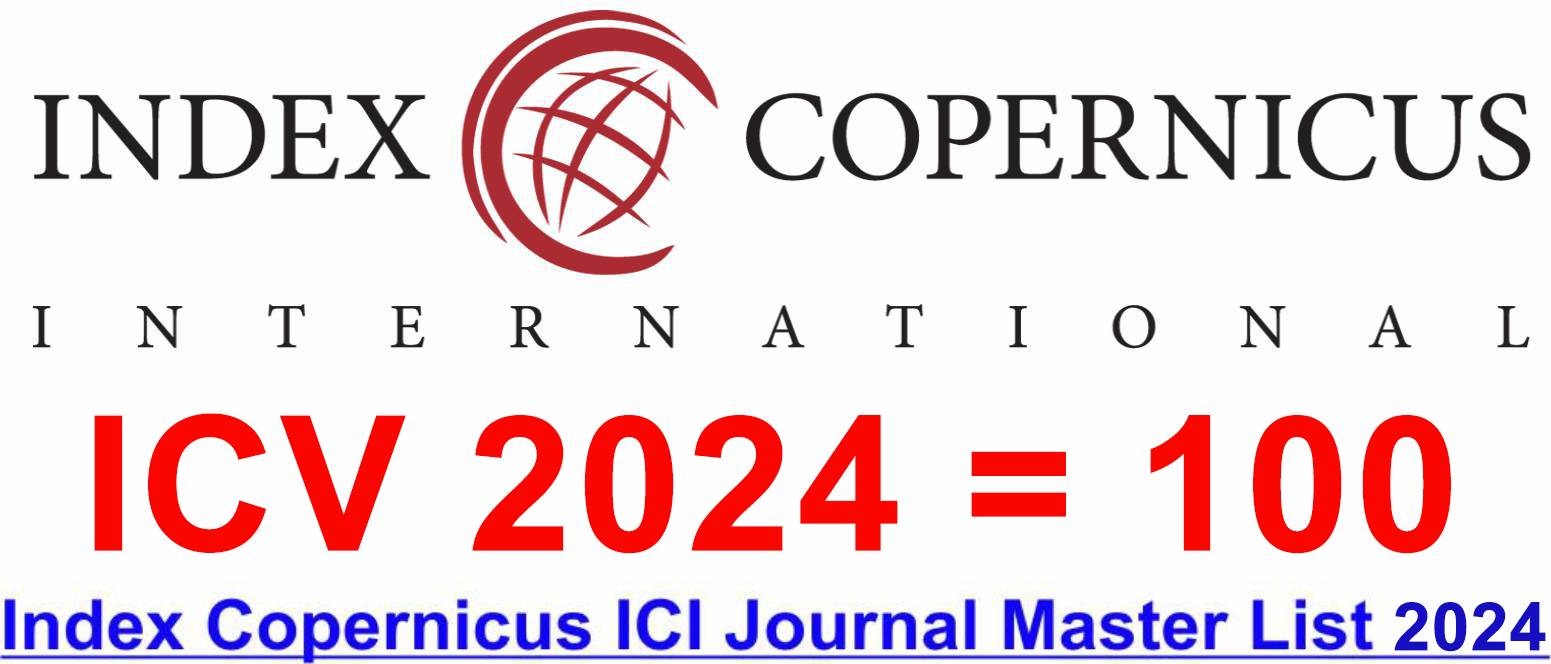Retrospect of Gross Domestic Product of India and China: A Comparative Analysis
DOI:
https://doi.org/10.46977/apjmt.2024.v04i03.004Keywords:
Gross Domestic Product of China, Gross Domestic Product of India, New Economic Policy 1991, 5 trillion EconomiesAbstract
India's economic goal is to achieve a $5 trillion economy by the year 2025, which requires a real growth rate of 12 percent, as per Indian economists. The Reserve Bank of India (RBI) has forecasted a real GDP growth rate of 6.5 percent for the fiscal year 2023–24, which would make India the third-largest economy in the world, surpassing China. To determine the GDP growth trend and predict the future direction. A study was conducted comparing the GDP growth rate of India and China using the past 32 years of data using the Trend Projection and Least Square Method.
The present study revealed that India's GDP growth has been consistently rising, while China's GDP growth starts high and declines over time. Interestingly, the data intersects between 2020 and 2025, indicating that India's GDP growth rate surpasses that of China during this period. Furthermore, the study found that the GDP growth rates of both countries are expected to be equal in 2023. However, beyond this point, India's GDP is predicted to continue its upward trajectory, while China's GDP is projected to decline further. Therefore, India must implement appropriate monetary, fiscal, and physical policies, such as 50 percent partnership in both the private and government sectors, avoid selling public property to the private sector and elect honest leaders to achieve its vision. Hence, the Government has to come up with New Economic Policy for 2025 to realize its prediction.
Downloads
References
Acharya, S., Ahluwalia, I., Krishna, K. L., & Patnaik, I. (2006). Economic growth in India, 1950-2000. W: KS Parikh (red.), Explaining Growth in South Asia, 123-198.
Ahluwalia, M. S. (2002). Economic reforms in India since 1991: Has gradualism worked?. Journal of Economic perspectives, 16(3), 67-88. https://doi.org/10.1257/089533002760278721
Anand, R., Cheng, M. K. C., Rehman, S., & Zhang, M. L. (2014). Potential growth in emerging Asia. International Monetary Fund.
Basu, S., & Fernald, J. G. (2009). What do we know (and not know) about potential output?. Federal Reserve Bank of St. Louis Review, 91 (4),187–213.
Bosworth, B., & Collins, S. M. (2008). Accounting for growth: comparing China and India. Journal of Economic Perspectives, 22(1), 45-66. https://doi.org/10.1257/jep.22.1.45
Bhakri, S., & Rasleen, K. (2020). INDIA $ 5 Trillion Economy: Vision & Mission. 7. 696-704. http://dx.doi.org/10.1729/Journal.27740
Bhattacharya, R., Chakravartti, P., & Mundle, S. (2019). Forecasting India’s economic growth: a time-varying parameter regression approach. Macroeconomics and Finance in Emerging Market Economies, 12(3), 205-228. https://doi.org/10.1080/17520843.2019.1603169
Brennan, A. J. (2008). Theoretical foundations of sustainable economic welfare indicators—ISEW and political economy of the disembedded system. Ecological Economics, 67(1), 1-19. https://doi.org/10.1016/j.ecolecon.2008.05.019
Chinn, M. D. (2009). The Symposium On ‘China'S Impact On The Global Economy’. Pacific Economic Review, 14(3), 342-345. https://doi.org/10.1111/j.1468-0106.2009.00452.x
Chow, G. C. (2004). Economic Reform and Growth in China'Annals of economics and finance. 5,127-152.
Rosen, D., Wright, L., Vest, C., & Quinn, R. (29th December 2023). Through the Looking Glass: China’s 2023 GDP and the Year Ahead. https://rhg.com/wp-content/uploads/2023/12/Through-the-Looking-Glass-Chinas-2023-GDP-and-the-Year-Ahead.pdf
Deaton, A. (2008). Income, health, and well-being around the world: Evidence from the Gallup World Poll. Journal of Economic perspectives, 22(2), 53-72. https://doi.org/10.1257/jep.22.2.53
Delurgio S. A., (1997). Forecasting Principles and Applications, 1st edition, Chapter 3, Irwin McGraw-Hill, Boston.
Gechev, V. (2020). China & India: A Comparison of Economic Growth Dynamics (1980-2018). Available at SSRN 3578163. http://dx.doi.org/10.2139/ssrn.3578163
Gujarati D., (1995). Basic Econometrics, 3rd Edition, Chapter 2, McGraw-Hill, Inc., New York.
Forgie, V., McDonald, G., Zhang, Y., Patterson, M., & Hardy, D. (2008). Calculating the New Zealand genuine progress indicator. In: Lawn, P.A., Clarke, M. (Eds.), Sustainable Welfare in the Asia-Pacific: Studies Using the Genuine Progress Indicator. Edward Elgar Publishing, Cheltenham, UK, pp. 126–152.
Hamilton, C. (1999). The genuine progress indicator methodological developments and results from Australia. Ecological Economics, 30(1), 13-28. https://doi.org/10.1016/S0921-8009(98)00099-8
Inglehart, R. (2000). Globalization and postmodern values. Washington Quarterly, 23(1), 215-228. https://doi.org/10.1162/016366000560665
Jayaram, S., Patnaik, I., & Shah, A. (2009). Examining the decoupling hypothesis for India. Economic and Political Weekly, 109-116.
Lawn, P., & Clarke, M. (2010). The end of economic growth? A contracting threshold hypothesis. Ecological Economics, 69(11), 2213-2223. https://doi.org/10.1016/j.ecolecon.2010.06.007
Maddison, A. (2007). Chinese Economic Performance in the Long Run—Second Edition, Revised and Updated: 960–2030 AD. Paris, FR: OECD Development Centre Studies.
Marcuss, R. D., & Kane, R. E. (2007). Us national income and product statistics. Survey of Current Business, 87(2), 32–46.
McCulla, S. H., & Smith, S. (2007). Measuring the Economy: A primer on GDP and the National Income and Product Accounts. Bureau of Economic Analysis, US Departament of Commerce.
Mishra, P. (2013). Has India's Growth Story Withered?. Economic and Political Weekly, 51-59.
Max-Neef, M. (1995). Economic growth and quality of life: a threshold hypothesis. Ecological Economics, 15(2), 115-118.
Shaikh, N. (2020). India's Pathway To $5 Trillion Economy: A Study on Youth Employability. International Journal of Advance and Innovation Research, 7(V), 217-221.
Bhattacharya, R., & Mundle, S. (2021). A nowcast of 2021-22 GDP growth and forecast for 2022-23 based on a Factor Augmented Time Varying Coefficients Regression Model (No. 21/361). https://www.nipfp.org.in/publications/working-papers/1959/
Sahoo, P., & Dash, R. K. (2012). Economic growth in South Asia: Role of infrastructure. The Journal of International Trade & Economic Development, 21(2), 217-252. https://doi.org/10.1080/09638191003596994
Sharma, A. N. (2006). Flexibility, employment and labour market reforms in India. Economic and Political Weekly, 2078-2085.
Srinivasan, T. N. (2004). China and India: economic performance, competition and cooperation: an update. Journal of Asian Economics, 15(4), 613-636. https://doi.org/10.1016/j.asieco.2004.05.011
Straub, S. (2011). Infrastructure and development: A critical appraisal of the macro-level literature. The Journal of Development Studies, 47(5), 683-708. https://doi.org/10.1080/00220388.2010.509785
Stockhammer, E., Hochreiter, H., Obermayr, B., & Steiner, K. (1997). The index of sustainable economic welfare (ISEW) as an alternative to GDP in measuring economic welfare. The results of the Austrian (revised) ISEW calculation 1955–1992. Ecological Economics, 21(1), 19-34. https://doi.org/10.1016/S0921-8009(96)00088-2
Stiglitz, J. E., Sen, A., & Fitoussi, J. P. (2010). Mismeasuring our lives: Why GDP doesn't add up. The New Press.
Wen, Z., Yang, Y., & Lawn, P. A. (2008). From GDP to GPI: quantifying thirty-five years of development in China. Sustainable Welfare in the Asia-Pacific: Studies Using the Genuine Progress Indicator. Edward Elgar Publishing, Cheltenham, UK, 228-259.
Department of Economic affairs. (2023). Annual Economic Review 2022-2023. https://dea.gov.in/sites/default/files/Annual%20Economic%20Review_May%202023_0_0.pdf
Published
How to Cite
Issue
Section
Copyright (c) 2024 Asia-Pacific Journal of Management and Technology (AJMT)

This work is licensed under a Creative Commons Attribution-NonCommercial 4.0 International License.
















